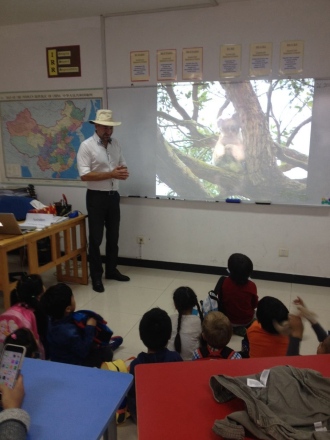My Challenge with Inquiry-Based Learning
The longer I teach in the PYP, the more I recognize how much learning I have to do, especially since I am coming from an American educational background, in which my own student learning experiences did not include inquiry-based learning, let alone my professional teaching training. I’ve had little framework in my personal life experience. So I often find that I have to step away from national standards and think about how I can best construct meaning of the central idea. Most of the time it feels exciting, but sometimes it feels overwhelming–there’s so much unknown as I am a guide on my student’s learning journey. And I’m often wondering to myself: Am I doing this right?
I’ve decided that my that the only way I know I am moving in the right direction is if I see that student action is taking place. Are students taking personal responsibility in their learning? Are they inspired into action?–do they need a nudge or a push to get them moving?

Granted not all action will be a project or consist of a product. I love how Sonya Terborg’s blog lays out 6 ways in which action can be demonstrated by:
- Having-more knowledge, more care, more determination and more respect.
- Thinking differently-wondering and/or changing your opinion.
- Feeling differently-empathizing, loving, admiring, worrying or feeling inspired to make a change.
- Doing something or NOT doing something like giving time, money and effort to a cause or stoping a behavior.
- Saying-explaining, discussing, debating, asking or thanking.
- Being-changing one’s behavior as to be more patient and respectful
I think when I use these ideas as guideposts, I can reflect better on the inquiry and determine what worked and what didn’t work. And, like all things, I need to remain patient with my learning journey, staying open to the process of discovery and growth in this professional area of mine.
I wonder how other educators determine if they are successful in their practice of inquiry based learning. Please share what you consider as your markers of success!










